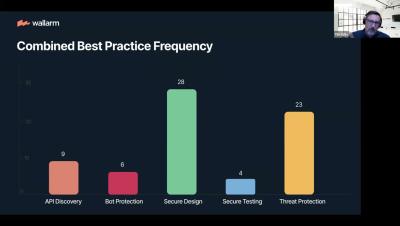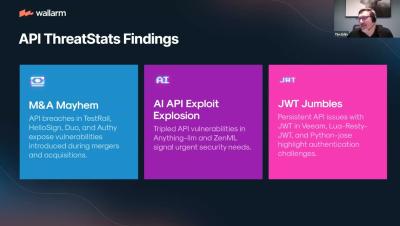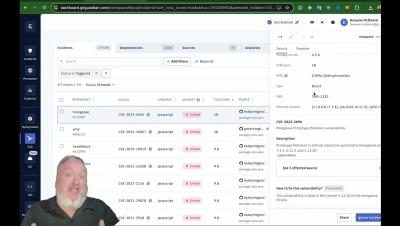A Comprehensive Guide to X-Powered-By Header
An X-Powered-By header is a type of HTTP response in the header field (most headers prefixed with an ‘X-‘ are non-standard) that informs the user which technology stack or framework is running on the web server. For example, if a web server is running Node.js, the header would be “X-Powered-By:Express”, which indicates an Express framework is being used.











